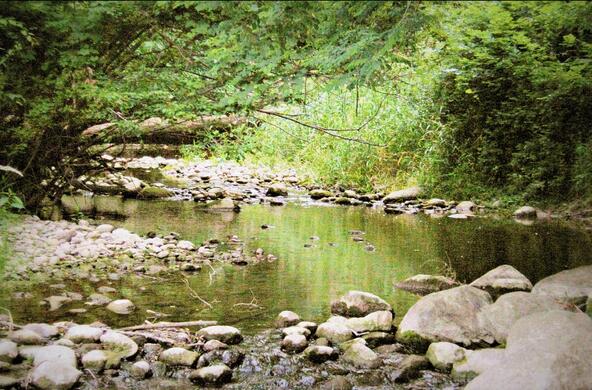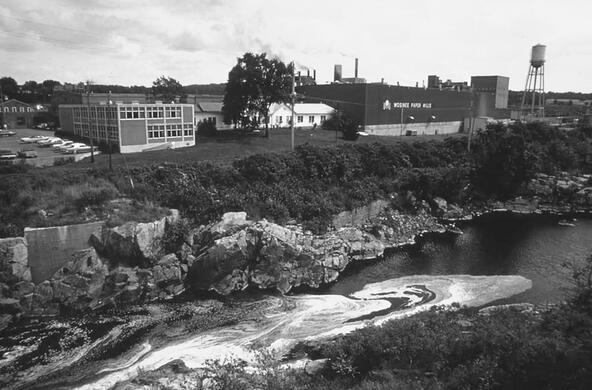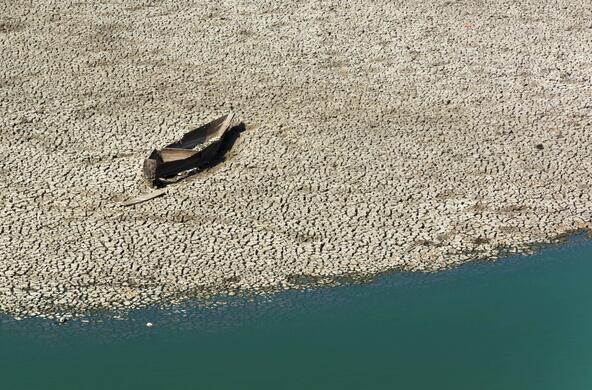A grassroots network of scientists, information technology experts, and engineers is tuned in to the pulse of the planet's freshwater ecosystems. Using buoys outfitted with environmental sensors, the Global Lake Ecological Observatory Network (GLEON) is working to understand the ecology of lakes and reservoirs, many of which are struggling under the pressures of growing human populations and competing demands.
Dr. Kathleen C. Weathers, a senior scientist at the Cary Institute, has been involved with GLEON since its inception in 2006. Weathers comments, "From development to fisheries, society puts significant pressure on freshwaters. Yet we depend on lakes and reservoirs for drinking water, recreation, and other services. GLEON is working across disciplines and continents to advance a better understanding of how these ecosystems function, so we can preserve and protect them now and for future generations."
Weathers chaired GLEON's 13th meeting, which was hosted in New Hampshire this fall by the Lake Sunapee Protective Association (LSPA) and the Cary Institute. Past GLEON meetings have been held in Israel, Brazil, and China. More than a hundred scientists from twenty-four countries attended the event, which received coverage in the Boston Globe and on New Hampshire Public Radio.
Weathers, who is also co-chair of GLEON, comments, "It was inspiring to see such an engaged group of scientists and citizens working together to address challenges in lake and reservoir management, particularly maintaining water quality in the face of accelerating development."
Lake Sunapee is home to one of several dozen monitoring buoys at the heart of the GLEON network. Others are deployed across the globe, at sites including Sweden, France, Ireland, South Korea, Brazil, Israel, and Australia. These high-tech instruments record and transmit data, 24/7, about lake and reservoir conditions, such as temperature and oxygen levels. This information helps scientists and managers respond to variables such as extreme weather, development, and introduced species.
In response to the question "What should every citizen know about GLEON?" Weathers replies, "Long term and high-frequency monitoring are critical to protecting freshwater. GLEON is a network of more than 300 scientists and citizens tuned in to data generated by a global network of buoys. And GLEON data are a window in to how events such as hurricanes and typhoons impact lake food webs and water quality."
Through generous funding from the National Science Foundation, this year Weathers will be developing a graduate training program that builds on the GLEON network. The five-year project will help train the next generation of scientists in the leadership, research, and communication skills needed to preserve and protect freshwater in the face of mounting pressure from population growth and climate change.
Weathers comments, "Our experience with GLEON has shown us that scientific advances require not only creative use of technology and the application of new data analysis techniques but, perhaps more importantly, scientists trained to collaborate and to communicate their findings broadly with the scientific community and the public."
To learn more about GLEON, visit www.gleon.org





